#hammurabi
Text
ROUND 1: HAMMURABI (babylon) VS POWER (chainsaw man)


760 notes
·
View notes
Photo

Babylon
Babylon is the most famous city from ancient Mesopotamia whose ruins lie in modern-day Iraq 59 miles (94 km) southwest of Baghdad. The name is derived from bav-il or bav-ilim, which in Akkadian meant "Gate of God" (or "Gate of the Gods"), given as Babylon in Greek. In its time, it was a great cultural and religious center.
Continue reading...
195 notes
·
View notes
Text

I drew the Mesopotamians due to the disturbing lack of fan art of them.
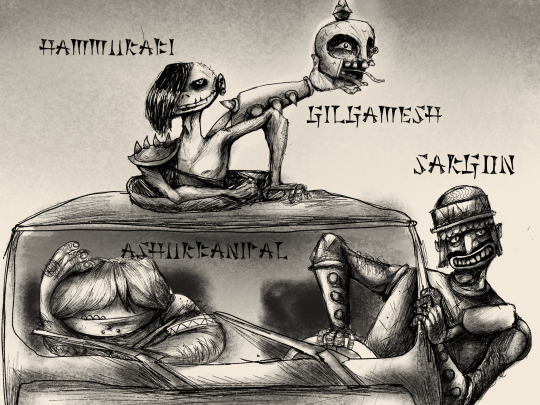

#they might be giants#tmbg#tmbg fanart#art#john linnell#john flansburgh#the mesopotamians#sargon#hammurabi#ashurbanipal#gilgamesh#david cowles
64 notes
·
View notes
Photo
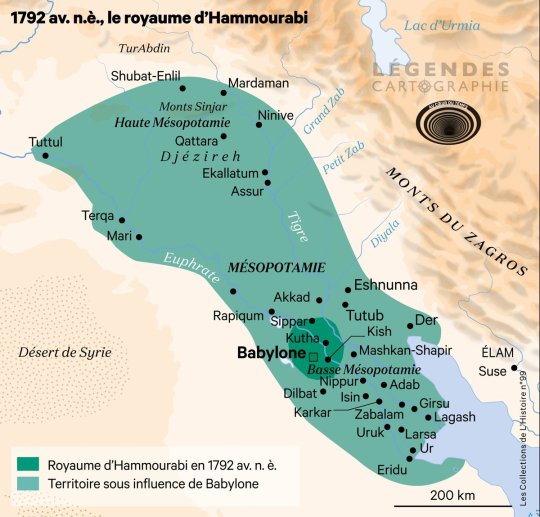
The Kingdom of Hammurabi, 1792 BC.
by LegendesCarto
114 notes
·
View notes
Photo






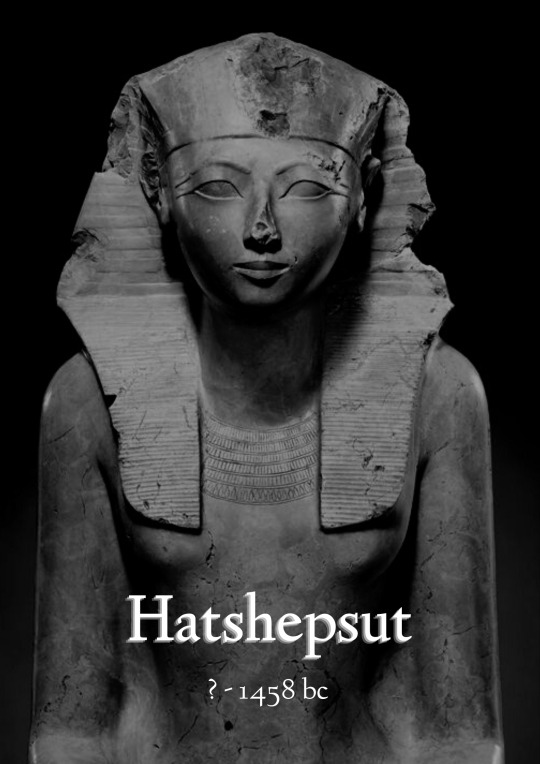


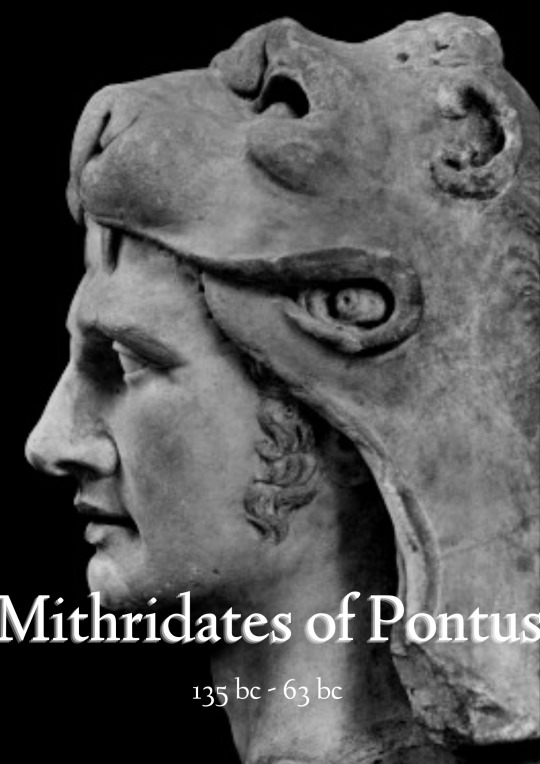
arethusa (my sister) and i’s list of historical figures were positive were hot as fuck
#ok my sister has questionable likes#she's obviously the guy section and im the woman section#history#dont take this too seriously#nefertiti#alexander the great#queen boudicca#cyrus the great#zheng yi sao#hammurabi#hatshepsut#sappho#ted theodore logan#mithridates of pontus
826 notes
·
View notes
Text

In this 1934 depiction, Amorite king Hammurabi goes to war. Illustration courtesy Private Collection/Look and Learn/Bridgeman Images.
Learn more / Daha fazlası
archaeologs.com/w/amorites/
#archaeologs#archaeology#archaeological#history#dictionary#art#hammurabi#amorite#amorites#babylonia#babylon#sumerian#mesopotamia#akkadian#illustration#drawing#arkeoloji#tarih#sanat#sümer#sümerler
74 notes
·
View notes
Photo
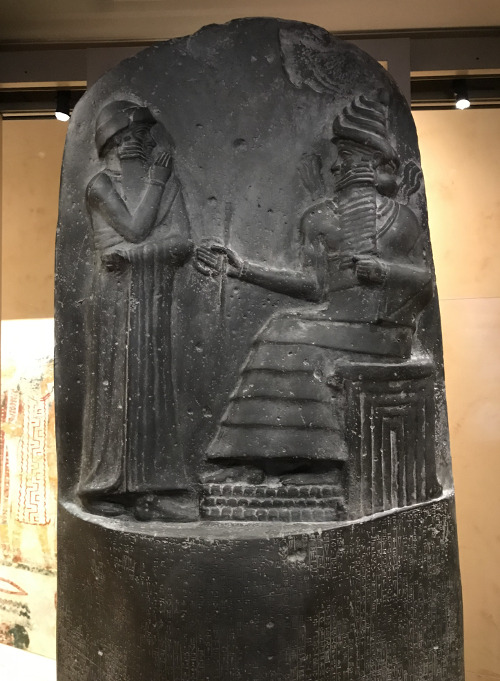
A replica of the Babylonian Code of King Hammurabi, the best-preserved legal text from the ancient Near East. The original stele, dating back to 1755–1750 BCE, is located at the Louvre in Paris. Museum of the Bible, Washington, DC.
Photo by Babylon Chronicle
312 notes
·
View notes
Text
The Lion of Mari, from Syria (Mesopotamia) c.1782-1759 BCE: this is one of two lion statues that once guarded the entrance to a temple in ancient Mari; the lions were partially crushed when Hammurabi laid waste to the city in 1759 BCE
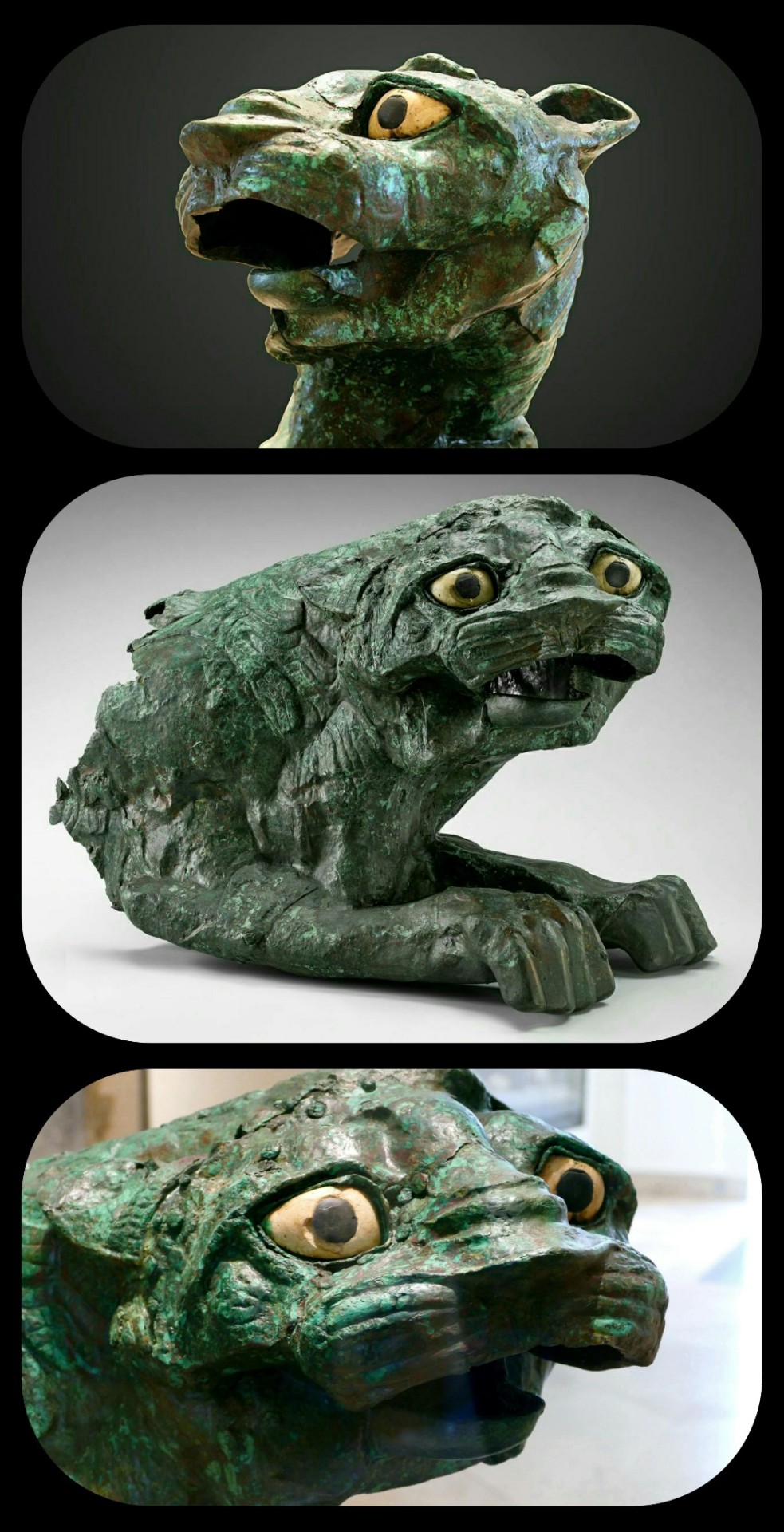
That's a pretty fitting expression, given the circumstances
Together, the two lion statues that were found at the ruined temple are known as the "Lions of Mari." They were unearthed from the ruins at Tell Hariri, where the ancient city-state of Mari once stood; this site is located near the border between modern-day Syria and Iraq.
The lions were likely designed as protomes, given their lack of hindquarters. They were originally stationed on either side of the entrance to the temple, so they are often described as the "temple guardians."

This is the same statue that appears in the first three photos, just seen from a different angle
It's believed that the temple at this site was originally built in honor of a West Semitic deity known as Dagan. Dagan was the chief deity of the Mariote pantheon; he was a particularly prominent figure in the middle and upper regions of the Euphrates, with cult centers in Mari, Terqa, Tuttul, and Ebla, but he was known throughout many parts of the ancient Near East.

The lion is primarily made of copper, with limestone and shale inlay for the eyes, and it measures 53cm tall, 77.5cm long, and 43cm wide, weighing roughly 55kg (about 21in x 30.5in x 17in, with a weight of 121lbs)
The Lions of Mari were partially crushed when their temple was destroyed (along with the rest of Mari) by Hammurabi's forces in 1759 BCE, leaving the statues badly warped...which is why they look really upset.
It's hard to find high-quality photos of the second lion, but he does have a particularly distinctive appearance:

This second lion was most recently housed at the National Museum of Aleppo, in Syria, though its current location/status (in the aftermath of the Syrian Civil War) remains unclear.
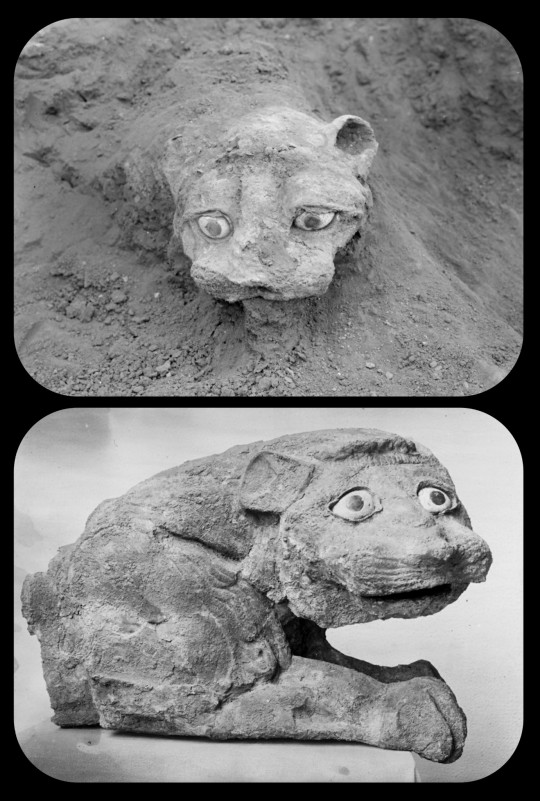
These photographs were taken during the original excavations at the ruined temple; they depict the first lion statue as it was still being unearthed (top) and the second statue shortly after it was removed (bottom)
Sources & More Info:
The Louvre: Lion of Mari
Archeologie.culture.fr: Lion Protome
Archeologie.culture.fr: Detailed Information about Ancient Mari
Virtual Museum Syria: Lion Sculpture
#archaeology#history#artifact#ancient history#art#mari#ancient temple#Syria#mesopotamia#Temple of the Lions#mesopotamian religion#ruins#hammurabi#Tell Hariri#middle east#lion#mesopotamian art#syrian archaeology#paganism#that first lion looks exactly like the way I feel
53 notes
·
View notes
Text
From the Han Dynasty to the Achaemenids, ancient Asia was home to many successful monarchies. These rulers shaped the region’s cultures and traditions for countless generations.
12 notes
·
View notes
Text
What does the river say?
An anthem
From Babylon, elate with incense-odor,
The monks’ procession, in a temple
That the Tigris and rocks hide its secret.
Memoirs of the night and the sun,
(The sun city) behind the ages,
Of Hammurabi and his love,
And what was covered by the treacherous book of Time.
— Nazik Al-Malaika, Listen to the Mourners: The Essential Poems of Nazik Al-Malaika, transl by Abdulwahid Lu'lu'a, (2021)
#Iraqi#Nazik Al-Malaika#Listen to the Mourners: The Essential Poems of Nazik Al-Malaika#Abdulwahid Lu'lu'a#(2021)#Hammurabi
7 notes
·
View notes
Text
youtube
Mesopotamia, the Cradle of Civilization. Grown around the fertile lands of Tigris and Euphrates rivers, the historical region Mesopotamia housed some of the world's most ancient highly developed civilizations, such as Sumerians and Akkadians
If you liked the content, I would be happy if you could consider visiting my YouTube channel and subscribing.
9 notes
·
View notes
Text
ROUND 2: SPOCK (star trek) VS HAMMURABI (real)


#tournament#now kill#g2#spock#star trek#tos#star trek tos#st tos#hammurabi#hammurabi's code#hammurabi's cock
292 notes
·
View notes
Photo

Mesopotamia: Government & Religion
This lesson pack on government and religion in ancient Mesopotamia includes the following content:
Continue reading...
63 notes
·
View notes
Photo
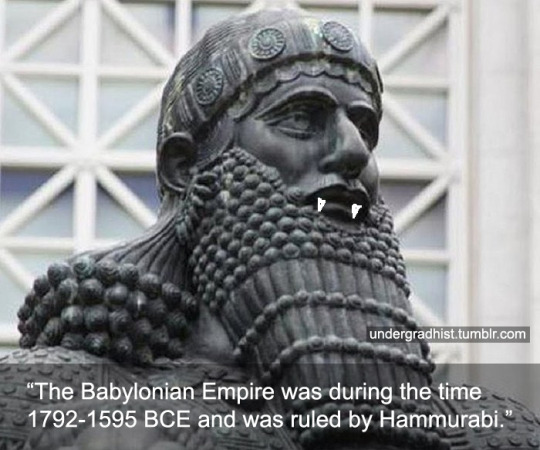
That whole time?
26 notes
·
View notes
Photo

A new page is up!
https://lawcomic.net/guide/?p=7090
In which we learn what those Mesopotamian law codes were actually FOR.
47 notes
·
View notes
Text

2 notes
·
View notes